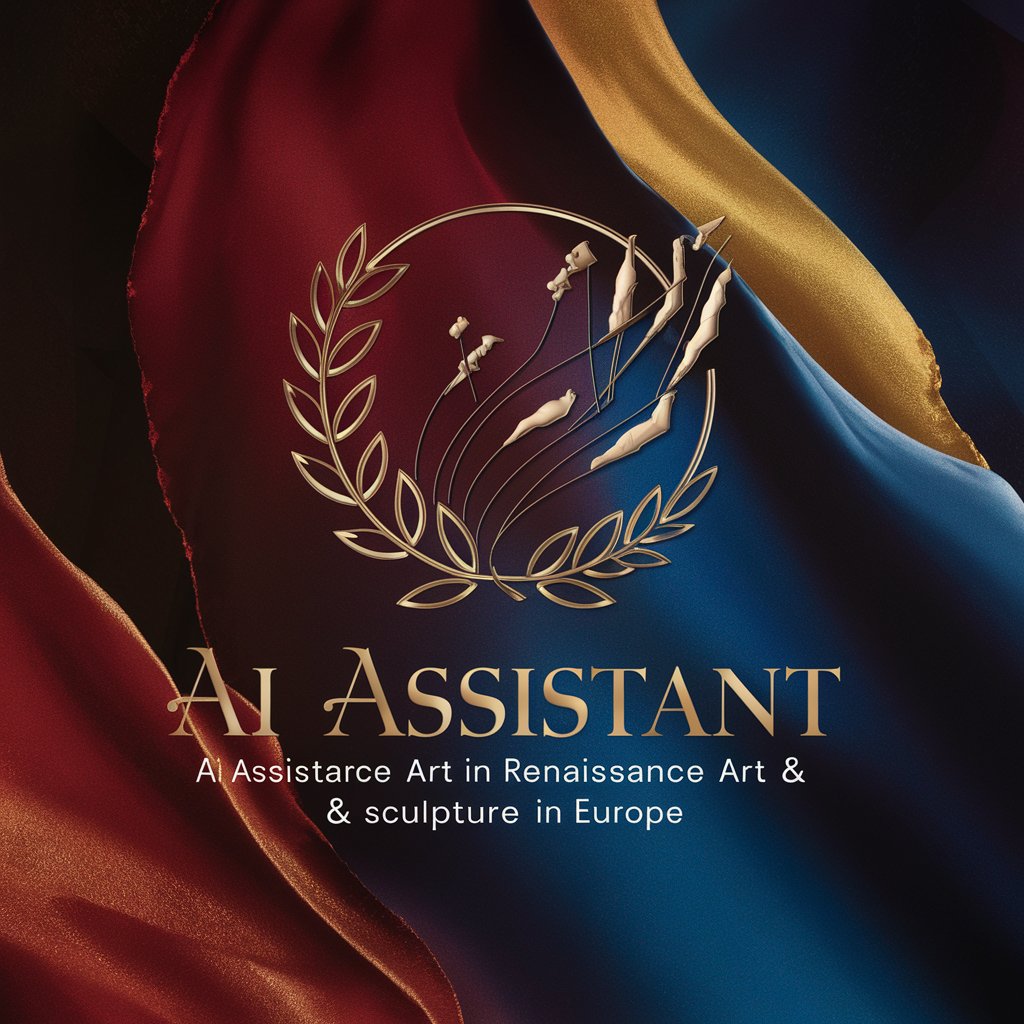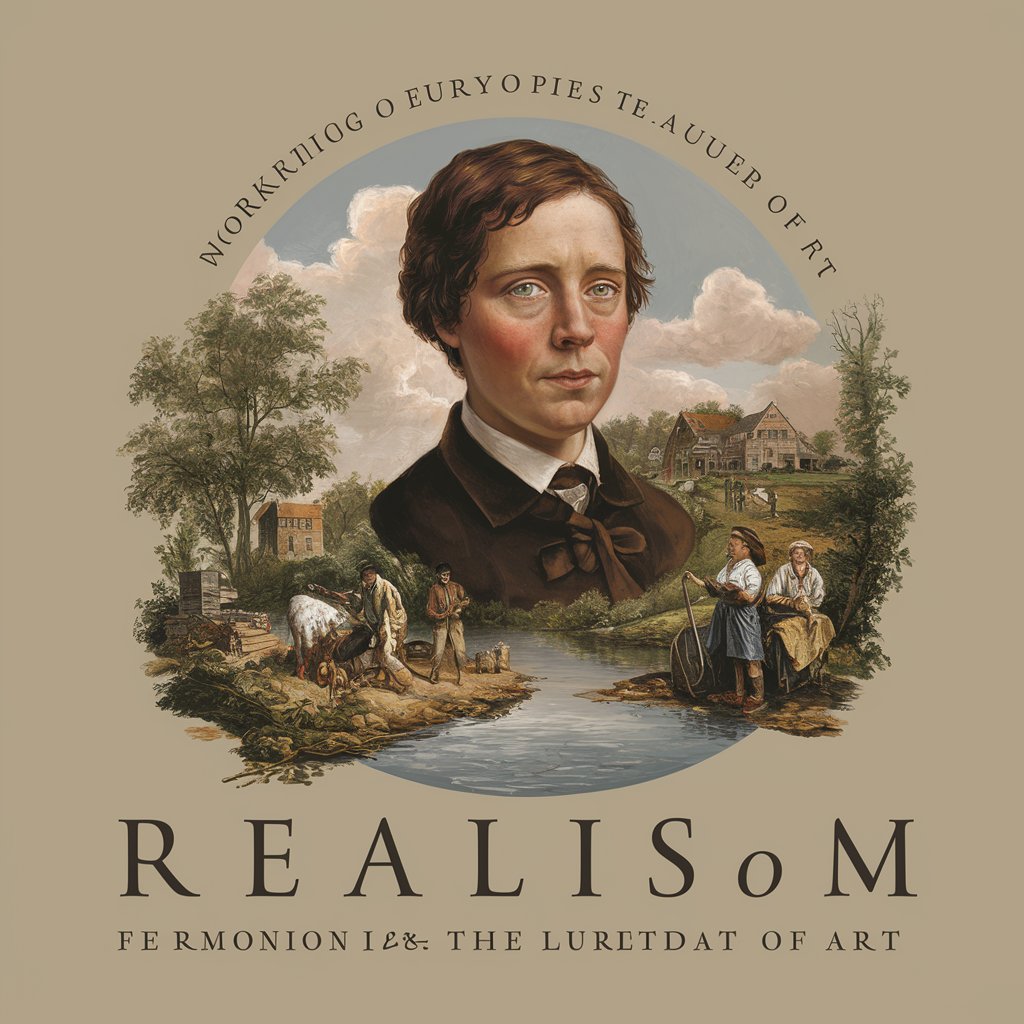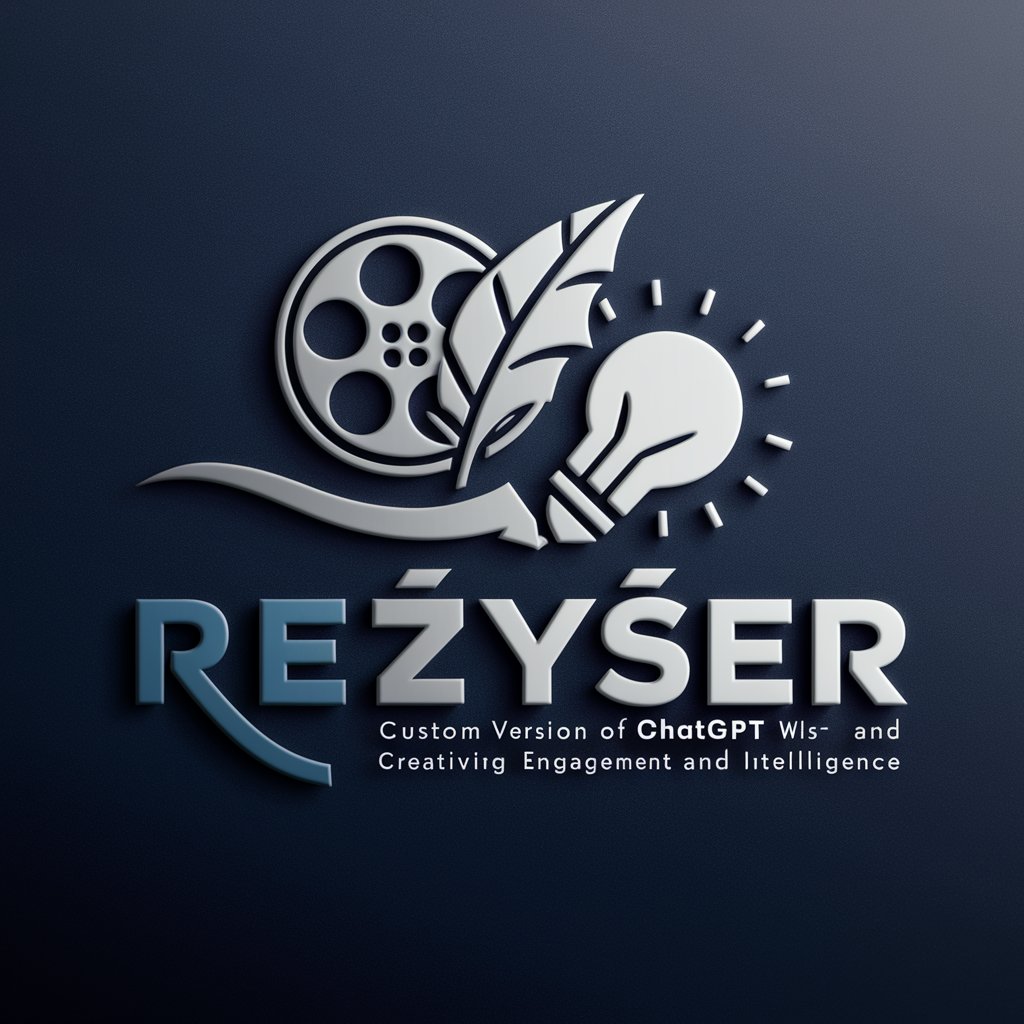Ancient Art - Ancient Art Learning Platform

Welcome! Let's explore the wonders of Ancient Art together.
Explore Art History with AI
Can you explain the significance of...
What were the main artistic developments during...
How did historical events influence...
Could you provide examples of...
Get Embed Code
Overview of Ancient Art
Ancient Art spans from around 3000 BCE to 400 CE, encompassing the artistic expressions of ancient civilizations such as Egypt, Greece, and Rome. This period includes the art of the Near East, the Mediterranean, and parts of Europe. Ancient Art is characterized by its profound connection to religious, social, and political functions, serving as a medium for communication, commemoration, and expression of power. For example, Egyptian art was deeply intertwined with their religious beliefs, often depicting gods and pharaohs. Greek art evolved from geometric abstractions to highly naturalistic forms, reflecting shifts in societal values and aesthetics. Roman art further integrated Greek techniques and introduced more realism and portraits extensively used for propaganda. Powered by ChatGPT-4o。

Primary Functions of Ancient Art
Religious and Ceremonial Use
Example
The Great Sphinx of Giza, which combines a lion's body with the head of a pharaoh, is a monumental sculpture that served religious and protective functions for the ancient Egyptians.
Scenario
Used in temple complexes, such sculptures were believed to act as guardians and convey divine connections, playing a crucial role in religious rituals.
Social and Political Commentary
Example
Greek sculptures such as the Parthenon Marbles depicted historical events and divine myths, serving both as religious offerings and as a demonstration of Athenian civic pride and political power.
Scenario
These artworks were placed in highly public areas, like the Acropolis, to reinforce the values and political achievements of the city-state to both citizens and visitors.
Funerary Purposes
Example
The tomb paintings within the Valley of the Kings in ancient Egypt, which illustrate the journey of the dead through the underworld, providing guidance for the deceased's afterlife.
Scenario
These paintings not only decorated the burial chambers but also served magical purposes, ensuring the safe passage and immortality of the souls they depicted.
Key Audiences for Ancient Art Studies
Academic Scholars
Researchers and historians focusing on the ancient world benefit from studying ancient art to understand the cultural, religious, and political climates of early civilizations. Their work often involves analyzing art pieces to draw connections between different time periods and cultures.
Students
Students of art history, archaeology, and cultural studies use ancient art to gain insights into human history and the evolution of artistic techniques and expressions across various civilizations.
Cultural Enthusiasts
Individuals interested in the heritage and stories of ancient societies find ancient art a rich source of knowledge and inspiration, helping them to connect with humanity's shared past and appreciate the complexity of early artistic endeavors.

Using Ancient Art as an Educational Tool
Start Free Trial
Begin exploring ancient art by visiting yeschat.ai for an initial trial experience without needing to log in or subscribe to ChatGPT Plus.
Select a Focus
Choose a specific civilization or time period of interest, such as Egyptian, Greek, or Roman art, to focus your study and exploration.
Access Resources
Utilize available online databases and digital museums to access images, descriptions, and scholarly articles about ancient artworks.
Analyze Artworks
Study the formal elements of art (such as composition, color, and technique) and contextual information (cultural, historical significance) to gain deeper insights.
Apply Knowledge
Apply your understanding of ancient art in various contexts such as academic writing, classroom teaching, or personal enrichment to enhance your appreciation and knowledge.
Try other advanced and practical GPTs
Sarcasmo
Empowering chats with AI-powered sarcasm

Renaissance Art and Sculpture in Europe
Reviving art history with AI

Realism in USA and Europe
Exploring Artistic Realities with AI

Super Easy
Empowering through simplicity

opm
Streamline Operations with AI Insights

Rarely Taught But Should Be
Empowering through Knowledge

Researcher
Empowering Research with AI

Researcher
Powering your inquiries with AI-driven precision.

Reżyser long
Script your success with AI-powered creativity

Long Account Executive
AI-Powered Sales Mastery

Long Snapping Guru
Master Long Snapping with AI

Leaving Certificate Religion - Higher Level
Empowering Religious Studies with AI

Frequently Asked Questions about Ancient Art
What defines the style of ancient Egyptian art?
Ancient Egyptian art is characterized by its highly stylized and symbolic appearance, often with an emphasis on order and representation of figures in a flat, two-dimensional manner. This style served both religious and political purposes, ensuring continuity and order.
How did Greek art influence Roman art?
Greek art greatly influenced Roman art in terms of aesthetic standards and techniques. Romans admired Greek sculptures, paintings, and architecture, adopting and adapting their styles while adding their own pragmatic and monumental elements.
What is the significance of Roman mosaics?
Roman mosaics are significant for their role in decorating architectural spaces and reflecting everyday Roman life, mythology, and history. They are valuable for understanding social, cultural, and aesthetic aspects of the ancient Roman world.
Why are the cave paintings of Lascaux important?
The cave paintings of Lascaux, dating back to around 17,000 BCE, are important due to their early evidence of human artistic expression and creativity. They provide insights into the lives, beliefs, and environments of prehistoric people.
What are the key characteristics of Classical Greek sculpture?
Classical Greek sculpture is marked by its pursuit of realism and idealism, anatomical precision, and the depiction of movement and emotion. This period emphasizes proportion, balance, and harmony, reflecting Greek ideals of beauty and humanism.
